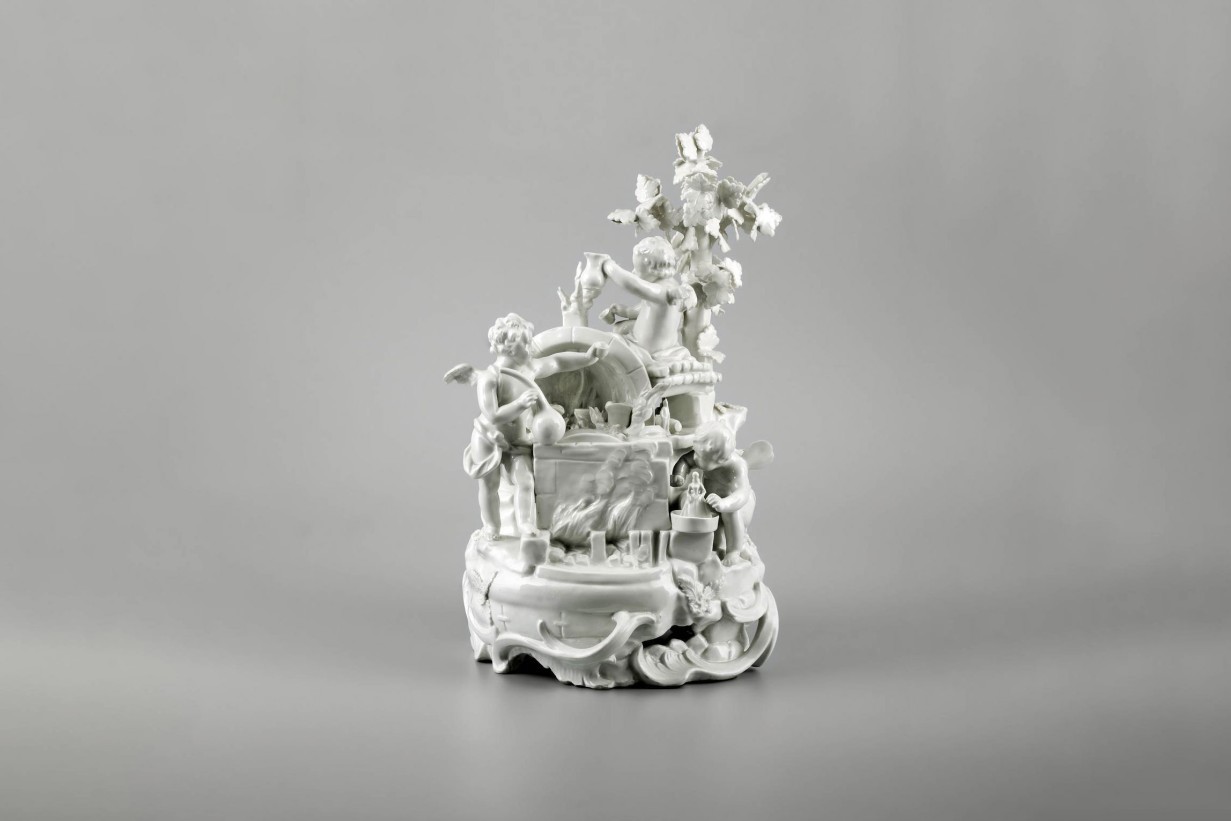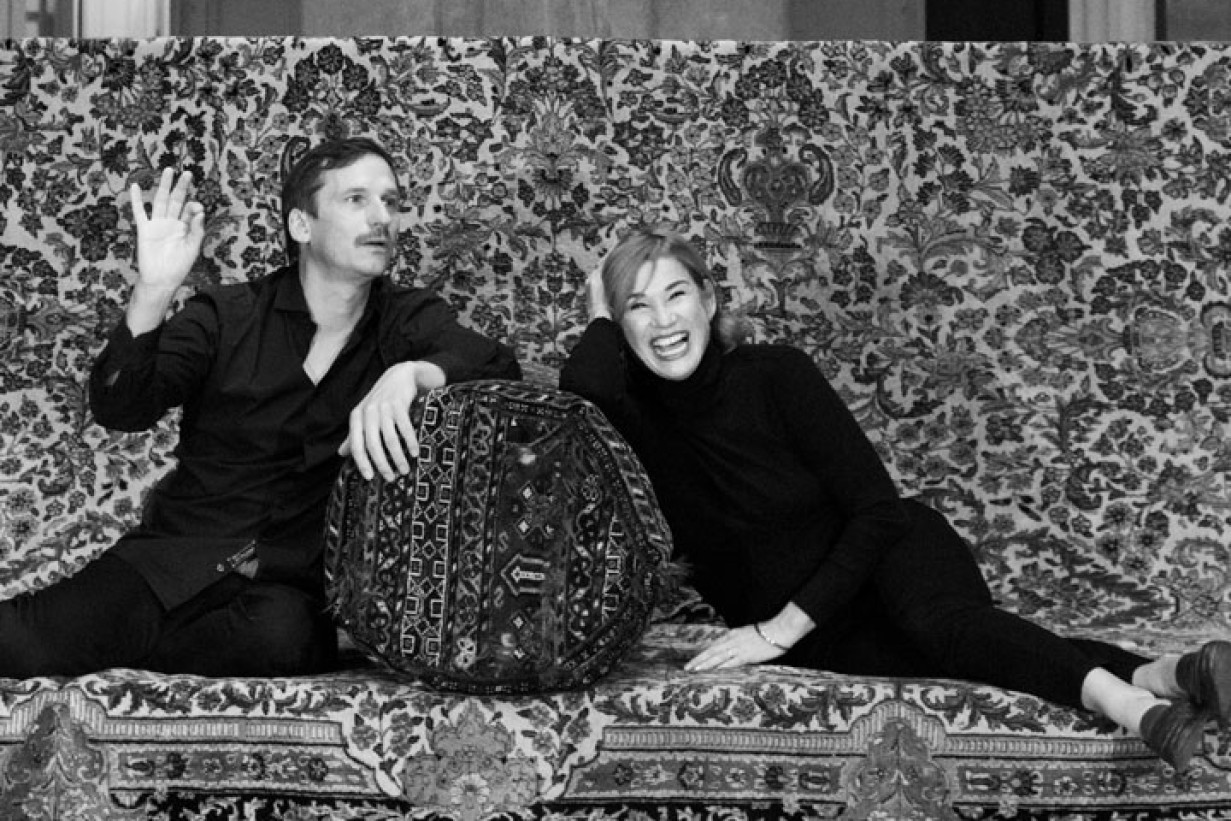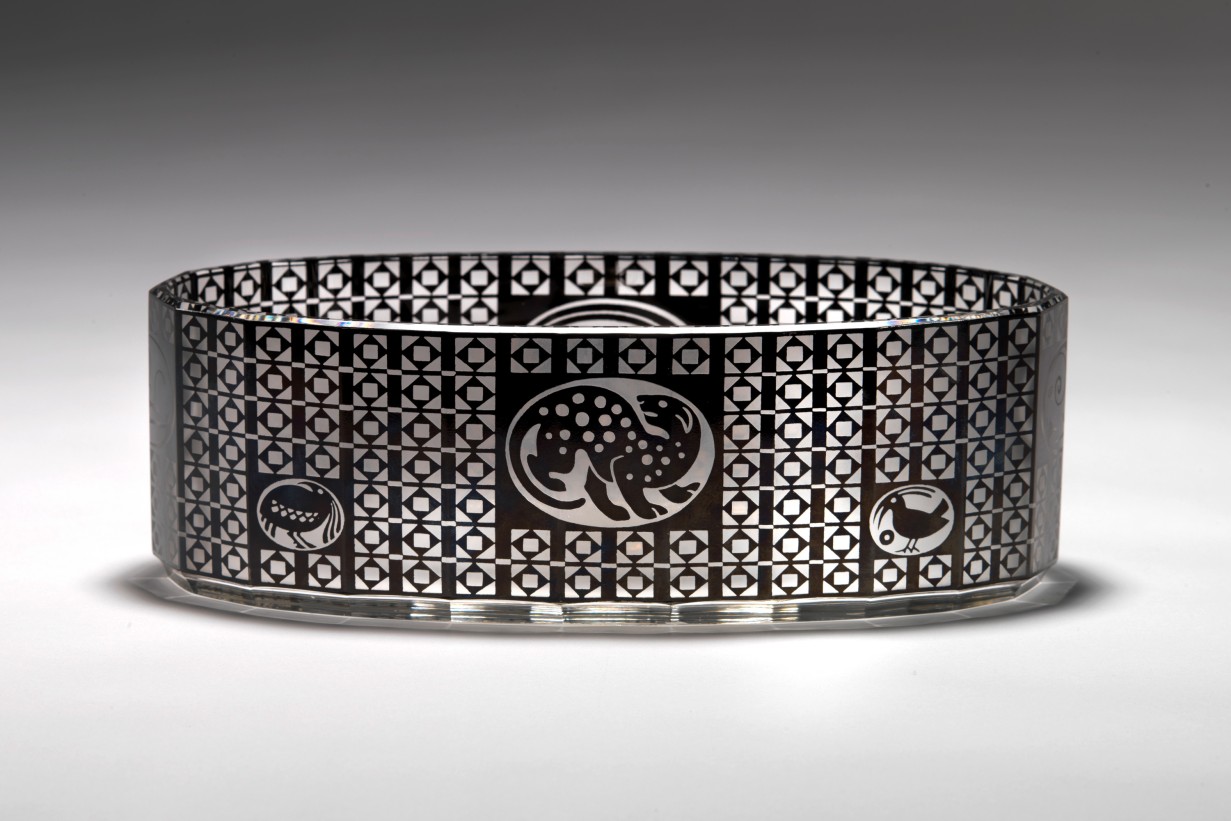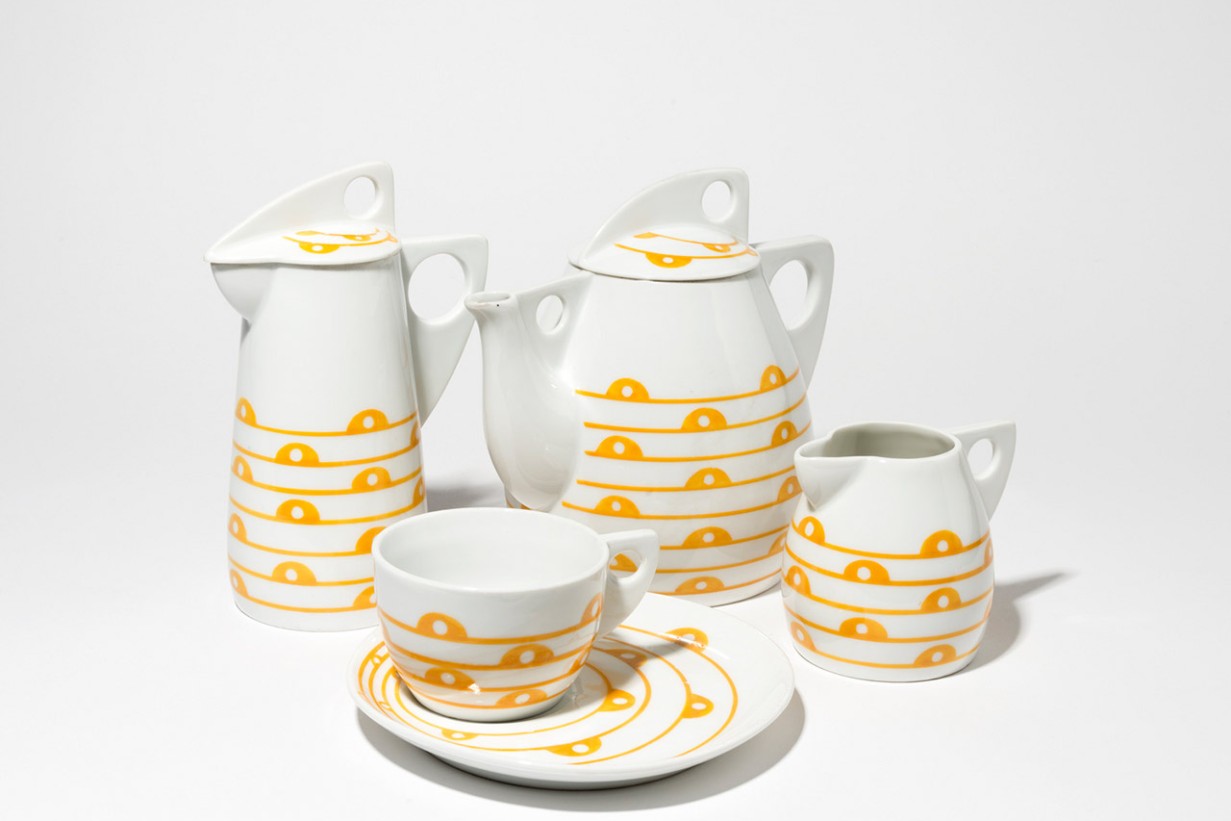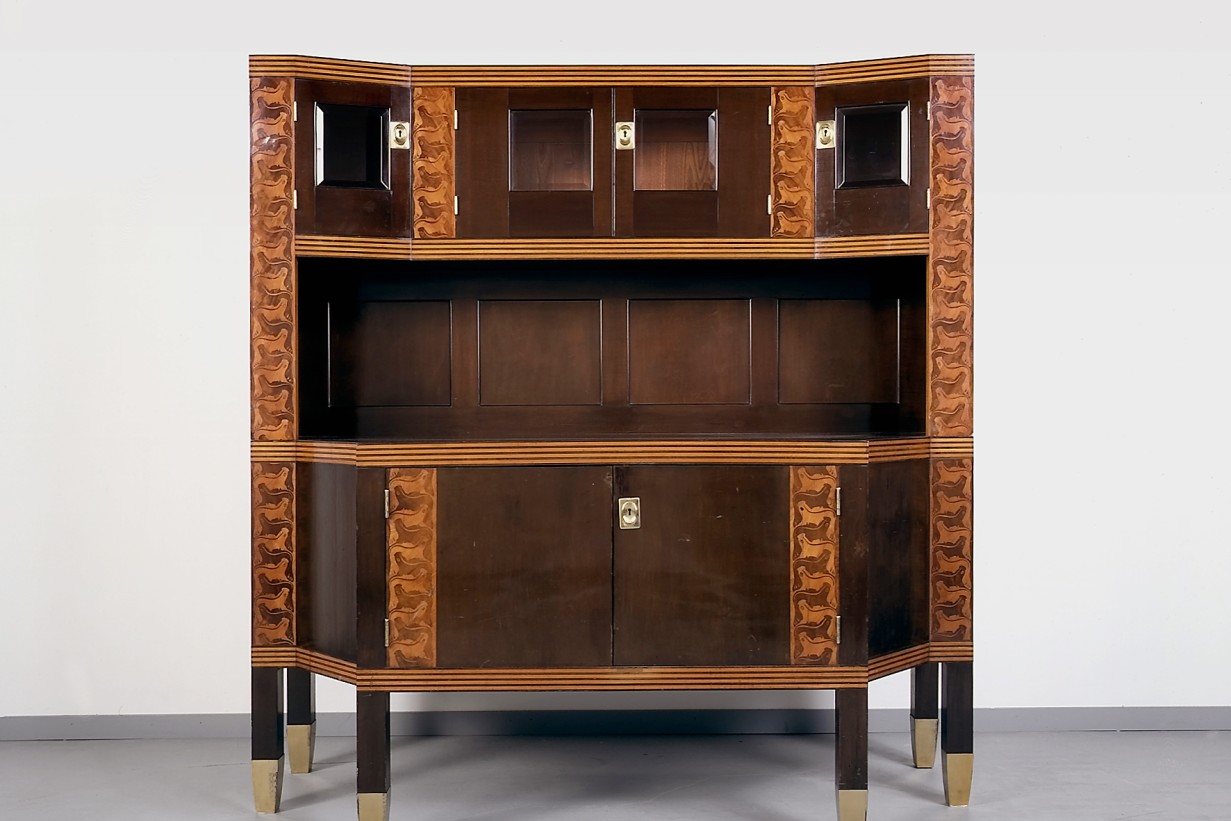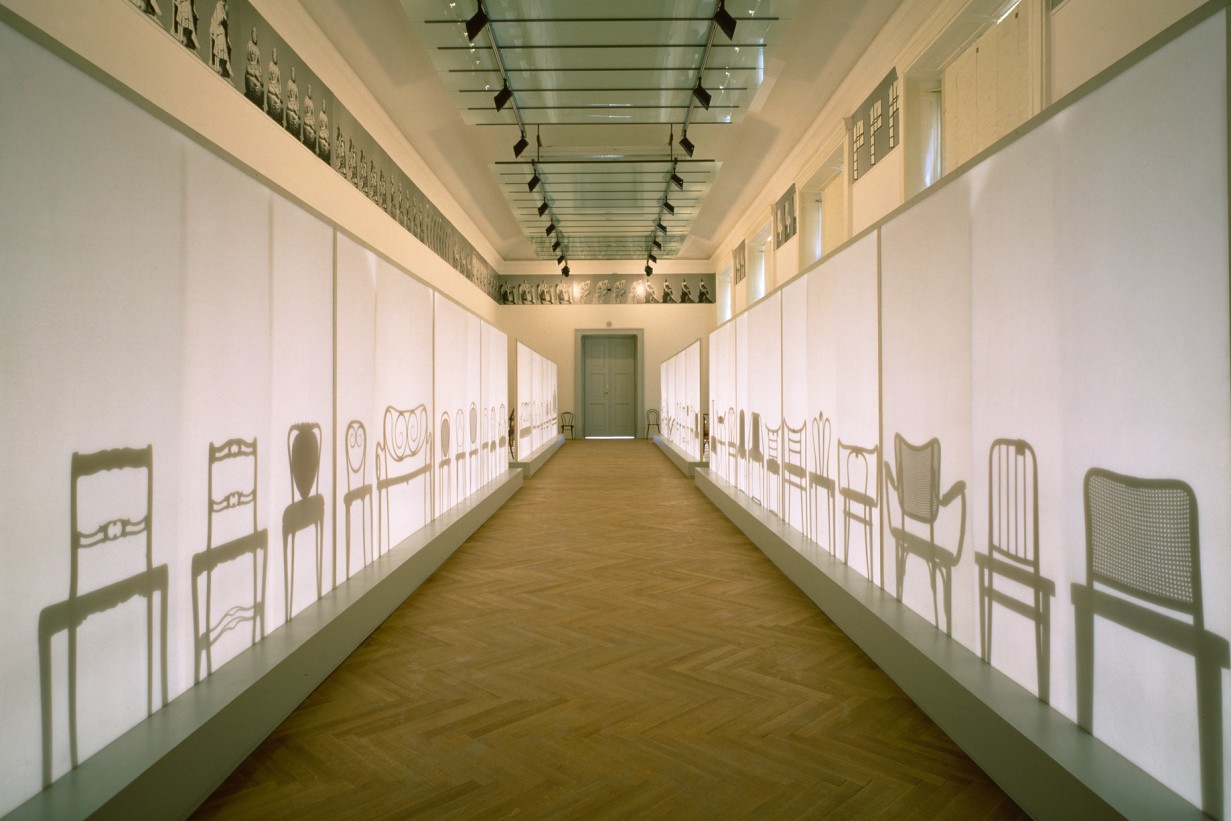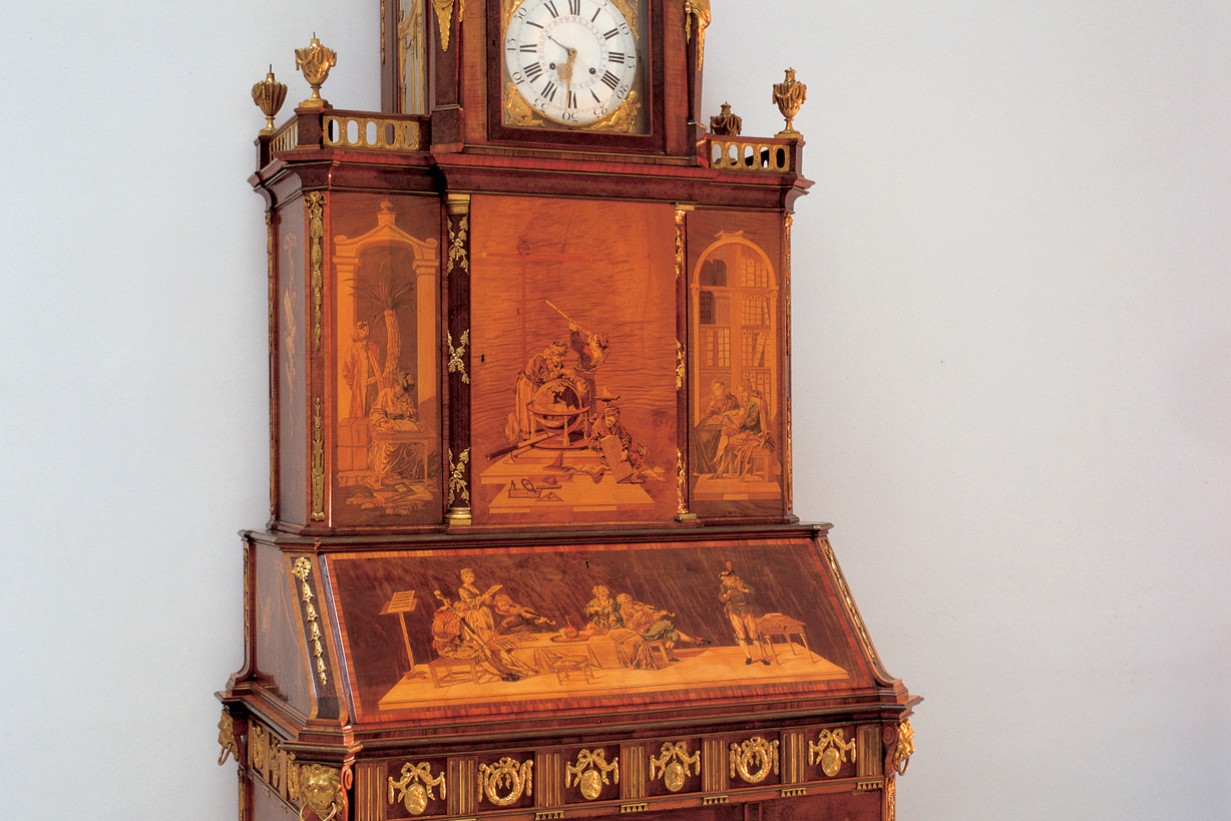Artistic intervention
Donald Judd
I was doubtful about the idea of artists making installations of earlier objects; I am still doubtful. I think installation should be the responsibility of the curators of the objects, although I continue to be critical of the generally artificial way in which objects are installed. To have artists make such installations is likely to perpetuate devious installation. I accepted the problem as a favour to the museum, and I accepted as a premise for myself that I would not contradict the judgement of the curator responsible, Christian Witt-Dörring. I think we did our best. The museum's premise, the installation's set fact, was that the Dubsky room, originally a room in a palace, had to be reconstructed in a much larger room of the museum. I was told there was no alternative. The room could be remade either in one of the corners of the exhibition room, leaving an awkward right angle for the other furniture, or it could be remade in the center of the room, leaving a symmetrical space and possibly establishing a room within a room - a good idea. I asked that this be done.
The Dubsky room is too large and is awkward, but placing it in the center was the right decision. The room and most of the other furniture were made in the eighteenth century for the aristocracy. The room's grandeur is uncertain, and therefore excessive. It is uneasy; Chardin is not uneasy. All architecture and most installations are now uneasy. Why is Chardin simple, strong and easy? The separate pieces of furniture are placed symmetrically, usually in pairs, usually opposite each other. A rectangular space usually determines this. The positioning of the furniture was also carefully decided with regard to the size, color, and type of each piece. I asked for part of the moulding under the ceiling of the large room to be repeated around the exterior of the Dubsky room, to further incorporate it into the eighteenth century space made in the nineteenth century, and to reduce the excessive generality of its exterior. This is a small, uneasy room uneasily placed in a large, doubly uneasy room. I think it should be in the basement. But Witt-Dörring and I did our best, uneasily./ Donald Judd
Biography Donald Judd
Born 1928 in Excelsior Springs, Missouri. Died 1994 in New York.
The painter, draftsman, sculptor, architect, art critic, and philosopher Donald Judd was one of the most important representatives of Minimal Art. Like no other, he redefined the relation between art and space. In 1971, Judd moved to Marfa, Texas where he established the Chinati Foundation which was opened to the public in 1986. Works of Judd and of his contemporaries are on permanent display here. The Chinati Foundation exemplifies one of Judd’s greatest concerns: the appropriate presentation of artworks. This has gradually led to a change of thought in museums in favor of a more unified and coherent display of artworks.

